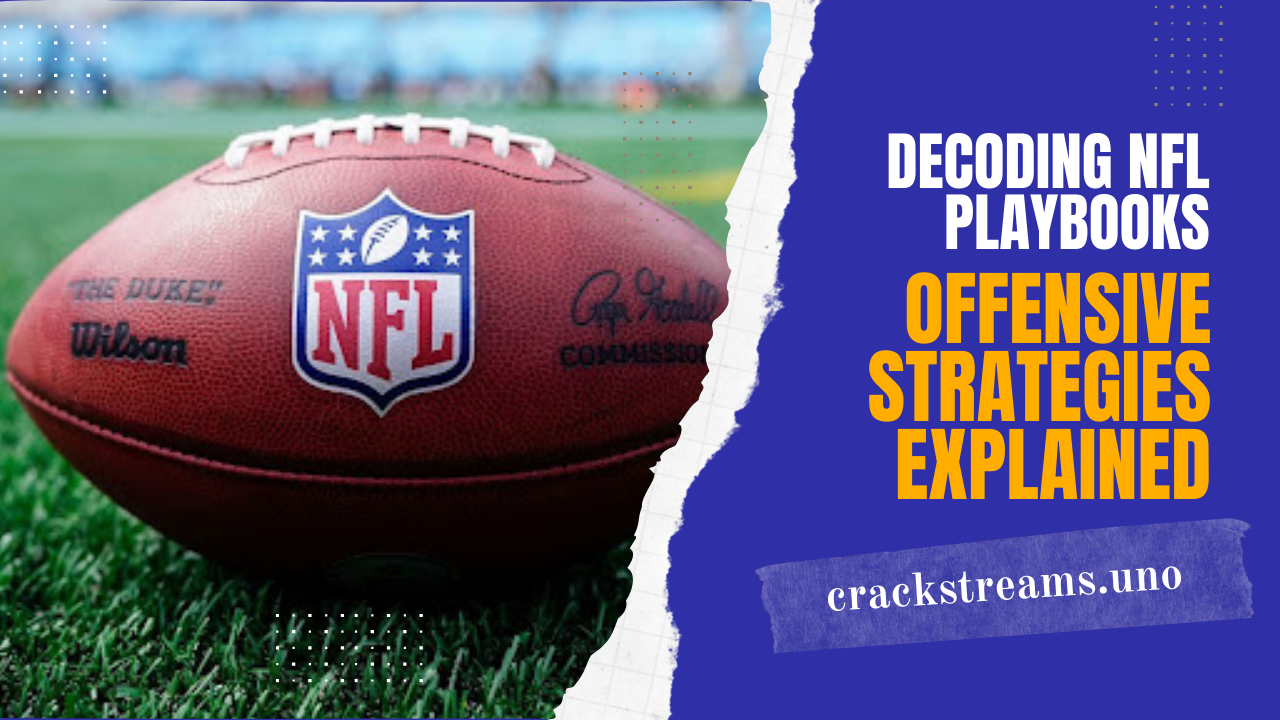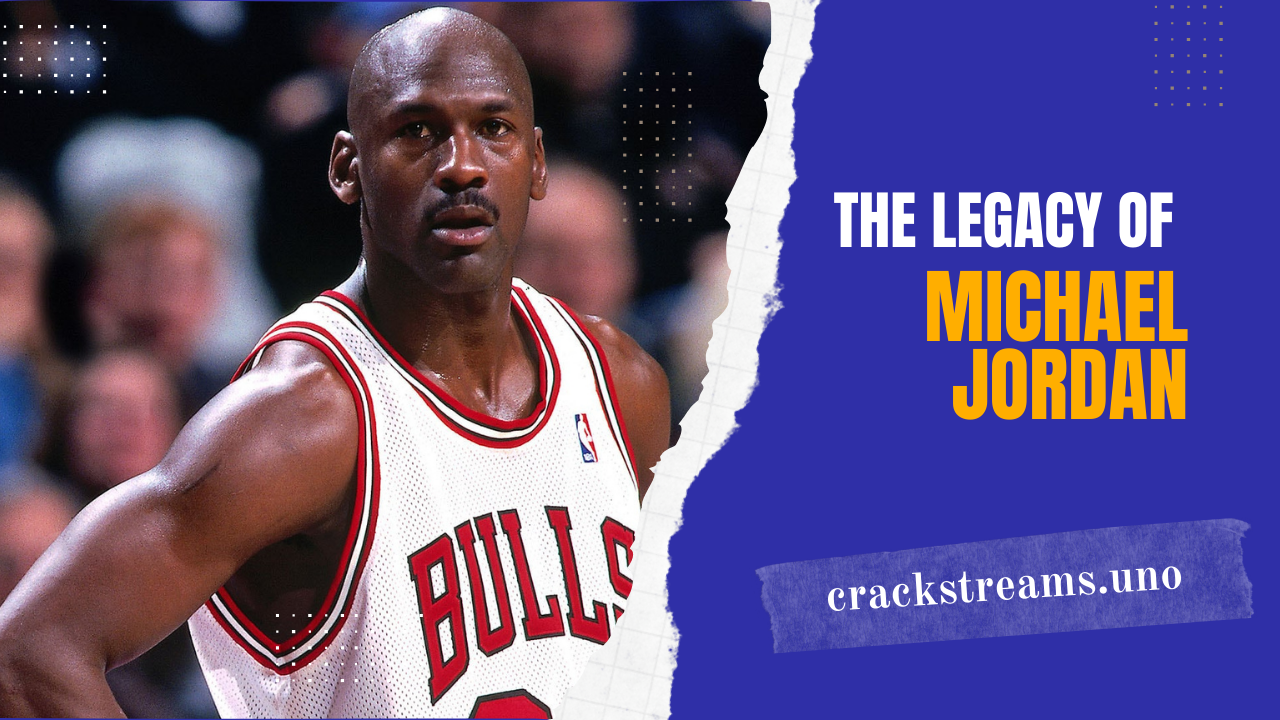Introduction
The NBA has been home to countless legends and unforgettable moments since its establishment in 1946. At the heart of its history are the championships, the ultimate prize for any team and the gold standard for greatness. Over the decades, various teams have stamped their authority on the league, creating dynasties and legacies that resonate to this day.
From the early days of the Minneapolis Lakers to the modern-day superteams, the story of NBA dominance is as dynamic as the game itself. Let’s take a journey through the decades and explore the teams that defined basketball excellence.
To enjoy live NBA online wo can visit Crackstreams.
1940s and 1950s: The NBA’s Formative Years
Minneapolis Lakers: The First Dynasty
Before the Los Angeles Lakers became synonymous with NBA glory, their roots as the Minneapolis Lakers set the stage for dominance. Led by George Mikan, often referred to as the NBA’s first true superstar, the Lakers won five championships between 1949 and 1954.
Mikan’s towering presence and revolutionary hook shot overwhelmed opponents, earning the team its first dynasty status. In an era still defining itself, the Lakers’ dominance symbolized the potential of professional basketball.
Key Players and Strategies of the Era
The 1940s and 1950s were defined by a more methodical style of play, with an emphasis on fundamentals and physicality. Players like Bob Davies and Dolph Schayes also made their mark, showcasing the budding talent in the league. While the Lakers were the undisputed kings, teams like the Rochester Royals and Syracuse Nationals contributed to the growing competition. Their collective efforts laid the groundwork for the league’s future.
1960s: The Celtics’ Era of Supremacy
Bill Russell’s Leadership
If one word defined the 1960s, it was “Celtics.” Guided by the legendary Bill Russell, Boston clinched an astonishing 11 championships in 13 seasons. Russell’s unparalleled defensive prowess and rebounding mastery anchored the team’s dominance. Off the court, coach Red Auerbach’s strategic genius—emphasized by his early adoption of the fast break—kept the Celtics ahead of their rivals. It wasn’t just about talent; it was about team-oriented basketball.
Celtics’ Rivals in the 1960s
The Celtics’ success didn’t come without challenges. Wilt Chamberlain, one of the most dominant scorers in history, often squared off against Russell. Chamberlain’s teams, whether the Philadelphia Warriors or 76ers, pushed Boston to the brink but could rarely topple their dynasty. This rivalry epitomized the competitive fire of the decade, blending individual brilliance with team success.
1970s: Parity and New Contenders
Knicks and the Rise of Team Basketball
The 1970s were a departure from single-team dominance, with multiple franchises capturing titles. The New York Knicks emerged as champions in 1970 and 1973, emphasizing unselfish play and defensive grit. Willis Reed’s iconic performance in Game 7 of the 1970 Finals, playing through injury, symbolized the resilience of this era. Walt Frazier’s smooth playmaking further solidified the Knicks’ legacy.
Warriors and Bullets Claim the Spotlight
The Golden State Warriors and Washington Bullets also left their mark. Rick Barry’s heroics in 1975, leading the Warriors to an unexpected title, remain one of the league’s great underdog stories. The Bullets, led by Wes Uns0ld and Elvin Hayes, showcased consistency and resilience, culminating in a championship in 1978. This era proved that basketball had evolved into a truly competitive league.
While Jordan briefly retired, the Houston Rockets, led by Hakeem Olajuwon, seized their opportunity. Winning back-to-back titles in 1994 and 1995, the Rockets were a force to be reckoned with. Olajuwon’s footwork and scoring ability in the post were legendary, and his dominance earned him the nickname “The Dream.”
The Rockets also benefited from clutch performances by players like Clyde Drexler, Kenny Smith, and Robert Horry. Their ability to step up during critical moments ensured their place in N
BA history.
The Shaq-Kobe Lakers and the Spurs’ Consistency
Lakers’ Early 2000s Three-Peat
The dawn of the new millennium saw the Los Angeles Lakers reclaim their dominance, thanks to the unstoppable duo of Shaquille O’Neal and Kobe Bryant. Under the guidance of coach Phil Jackson, the Lakers achieved a three-peat from 2000 to 2002.
Shaq was a physical force, overpowering defenders in the paint, while Kobe’s scoring ability and relentless drive made them an unstoppable duo. Memorable Finals moments, like Kobe’s Game 4 heroics in 2000 and Shaq’s dominant MVP performances, highlighted their reign.
The Lakers’ early 2000s dominance wasn’t without drama, as tension between Shaq and Kobe became a storyline. Despite their differences, they cemented their legacy as one of the greatest duos in NBA history.
San Antonio Spurs: The Quiet Dynasty
Contrasting the Lakers’ flash was the San Antonio Spurs’ steady excellence. Led by Tim Duncan, the Spurs won five championships (1999, 2003, 2005, 2007, and 2014). Gregg Popovich’s coaching and the team’s unselfish play became the hallmarks of their success.
Duncan, nicknamed “The Big Fundamental,” was the centerpiece of their dynasty. Alongside stars like Tony Parker and Manu Ginóbili, the Spurs showcased precision and efficiency. Their 2014 championship, defined by beautiful ball movement and teamwork, is often considered one of the finest displays of basketball in NBA history.
2010s: Superteams and the Warriors Revolution
Miami Heat’s Big Three
The 2010s began with LeBron James making his famous “Decision” to join Dwyane Wade and Chris Bosh in Miami. The Heat became an instant powerhouse, reaching four consecutive NBA Finals and winning two championships (2012 and 2013).
LeBron’s dominance, Wade’s clutch performances, and Bosh’s versatility made the Heat a tough team to beat. Their 2013 victory against the San Antonio Spurs, highlighted by Ray Allen’s miraculous Game 6 three-pointer, remains one of the most dramatic Finals in history.
Golden State Warriors and the Splash Brothers
The Golden State Warriors revolutionized basketball with their three-point shooting and up-tempo play. Led by Stephen Curry and Klay Thompson, the Warriors won three championships in five years (2015, 2017, and 2018). Curry’s shooting range redefined what was possible on the court, while Thompson’s scoring bursts electrified fans.
The addition of Kevin Durant in 2016 made the Warriors nearly unbeatable, resulting in back-to-back titles. Under coach Steve Kerr, the team combined shooting, defense, and unselfish play to dominate the decade. Their influence on the game, particularly the emphasis on three-point shooting, has reshaped modern basketball.
2020s: A New Era of Parity
The Lakers Return to Glory
In 2020, the Lakers, led by LeBron James and Anthony Davis, captured the championship during the COVID-19 “Bubble” season. It was a significant moment for the franchise, tying them with the Celtics for the most NBA titles (17). LeBron’s Finals MVP performance further solidified his legacy.
Rising Contenders in a Balanced League
The 2020s have seen greater parity, with teams like the Milwaukee Bucks, Denver Nuggets, and Phoenix Suns emerging as strong contenders. Giannis Antetokounmpo’s 2021 Finals performance, including his iconic 50-point game, marked a new chapter in NBA dominance. The Nuggets, led by Nikola Jokić, secured their first title in 2023, highlighting the league’s competitive balance.
Common Threads of Championship Teams
Every championship team shares traits that define greatness: star players, exceptional coaching, and strong team chemistry. Whether it’s the Celtics’ teamwork in the 1960s or the Warriors’ three-point revolution in the 2010s, these elements have consistently fueled success.
The Future of NBA Dominance
The NBA’s future promises excitement, with young stars like Luka Dončić, Jayson Tatum, and Victor Wembanyama poised to lead the next wave. The globalization of the game ensures talent will continue to emerge from every corner of the globe, making predictions for the next dynasty as thrilling as ever.
Conclusion
From the Lakers and Celtics to the Bulls and Warriors, each decade has produced unforgettable champions who shaped the NBA’s story. As the league evolves, one thing remains constant: the pursuit of championship glory. These teams, their legacies, and the players who defined them will forever be etched in basketball history.
FAQs
- Which team has won the most NBA championships?
The Boston Celtics and Los Angeles Lakers are tied with 17 championships each. - How did the Celtics dominate the 1960s?
The Celtics relied on Bill Russell’s defensive mastery and Red Auerbach’s coaching, winning 11 titles in 13 seasons. - What makes the 1990s Chicago Bulls the greatest dynasty?
Michael Jordan’s leadership, coupled with Phil Jackson’s coaching and a strong supporting cast, resulted in six titles and unparalleled dominance. - How have international players impacted NBA dominance?
Stars like Dirk Nowitzki, Giannis Antetokounmpo, and Nikola Jokić have brought global talent to the forefront, diversifying the league’s success. - Who are the contenders for the next NBA dynasty?
Teams like the Denver Nuggets, Boston Celtics, and young stars like Luka Dončić’s Mavericks are seen as potential dynasties of the future.
Related Article:



